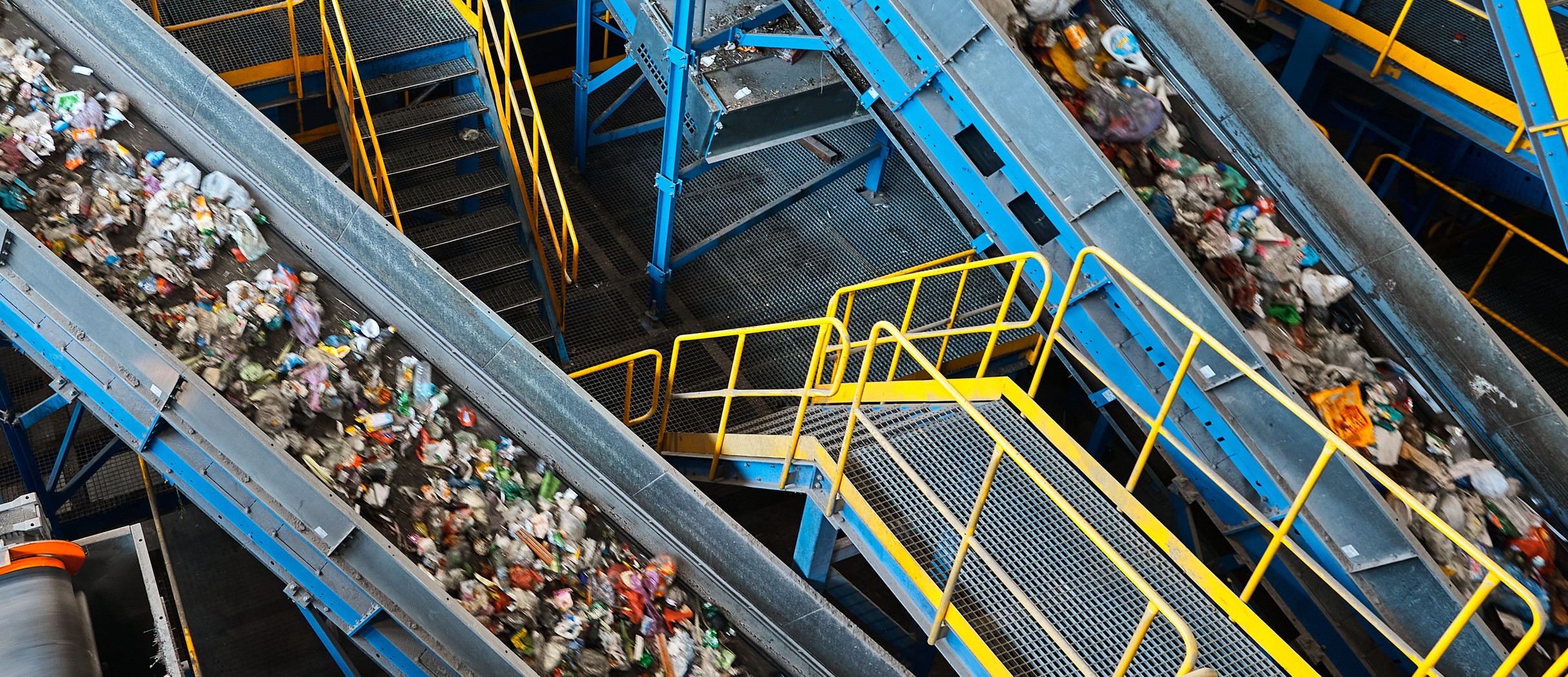EPR Programs Need Industry Input, AMERIPEN Stresses at Keller and Heckman Food Packaging Law Seminar

Extended Producer Responsibility (EPR) programs should be science-based, offer innovative solutions, and incorporate more industry input. These were the recommendations of Danielle Waterfield, Policy Director and General Counsel, AMERIPEN (American Institute of Packaging and the Environment). Speaking during the Sustainability Day that followed Keller and Heckman’s 26th Annual Food Packaging Law Seminar, Waterfield stressed the need for EPR programs that allow for industry input and are not entirely government controlled.
During the Fireside Chat and Interactive Q&A session on EPR, Waterfield outlined AMERIPEN’s four goals for EPR programs.
- EPR programs should include needs assessment and be data-driven.
- EPR programs should be effective and efficient and include market-based solutions.
- EPR programs should be equitable and fair. For example, the fees collected under the program should not entirely fund a state’s solid waste activities.
- Finally, harmonization is needed between the various state EPR programs. This includes consistent definitions, covered material, and exempted items.
As previously reported, seven states have passed EPR legislation: Maine (enacted July 2021), Oregon (August 2021), California (June 2022), Colorado (June 2022), Minnesota (May 2024), Maryland (May 2025), and Washington (May 2025). Generally speaking, these EPR laws require the state to select a Producer Responsibility Organization to administer registration, reporting, dues payments, and sustainability targets that apply to obligated companies. Also speaking during Sustainability Day, Keller and Heckman Partner Rachel Bond pointed out that among the seven states, there isn’t a widely accepted, nationwide model. Many state laws use different language and present unique twists, she added.
When asked by the moderator of the EPR Q&A Session, Keller and Heckman Partner Kathryn Skaggs, which state’s EPR law is closest to the desired model, Waterfield pointed to Maryland as a program that puts more decision-making power into industry’s hands.
Waterfield noted that a current industry concern is that state EPR fees are much higher than originally expected. At the pace of new state EPR programs being added, she noted that these fees may not be sustainable for some companies. She also mentioned that some proposed EPR programs have included labeling requirements and chemicals of concern restrictions. While these may reflect valid policy issues, they are not EPR issues.
Waterfield predicted that 2026 will be the year of the needs assessment since Rhode Island, Hawaii, and Illinois all have EPR needs assessments due next year. She added that EPR legislation usually follows such needs assessments and, therefore, we will most likely see additional EPR legislation passed in 2027. Her concluding advice was for producers to realize the full impact that these laws will have and to get engaged in educating regulators on this impact.